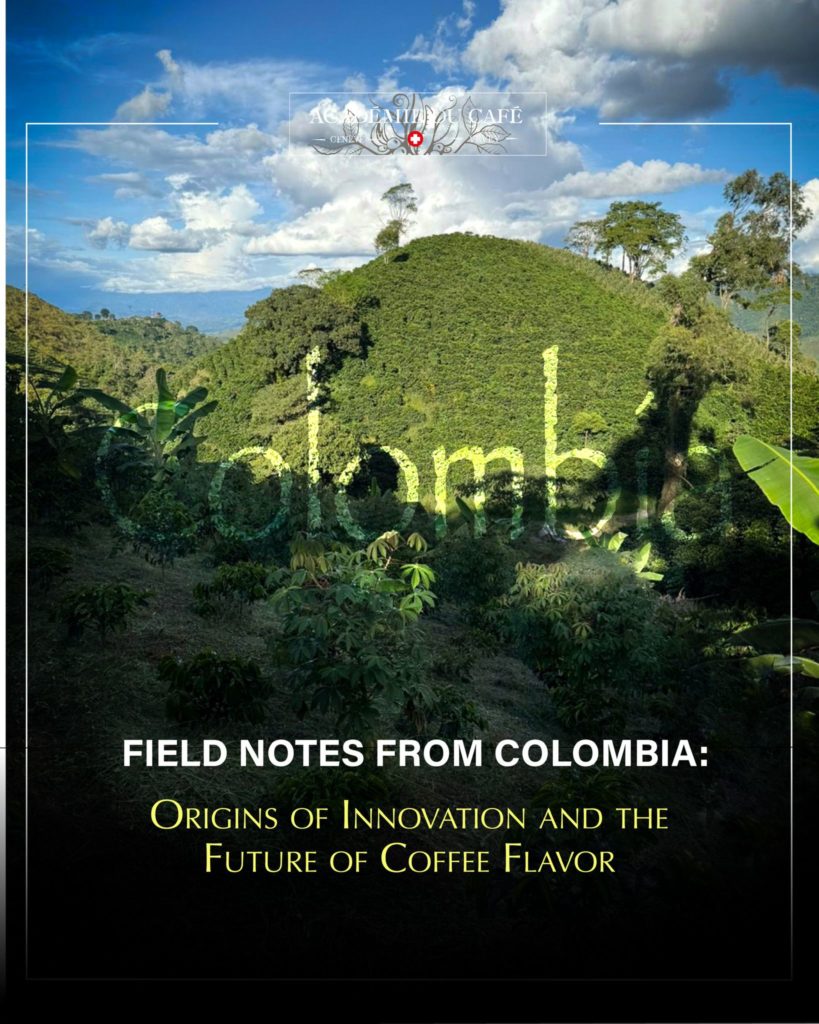
FIELD NOTES FROM COLOMBIA: Origins of Innovation and the Future of Coffee Flavor
Just back from an immersive journey through Colombia’s vibrant coffee belt, where I had the chance to visit Finca La Quebraditas (Huila) and Finca Monteverde (Tolima), and to cup remarkable lots from Forrest Coffee and La Negrita Coffee in Bogotá.
Colombia, known as the world’s largest exporter of washed Arabica, produces over 12 million 60-kg bags annually and relies on more than 560,000 farming families. But beyond volume, what I witnessed is a silent revolution in genetics and post-harvest science.
New Genetics, New Possibilities:
I cupped and encountered:
* SL28 expressing vibrant acidity and syrupy texture
* Geisha, still reigning with elegance and layered aromatics
* Pink Bourbon, genetically intriguing and incredibly expressive from Ethiopian landrace
* Bourbon Ají, with spicy, herbaceous undertones and unique identity from Ethiopian landrace
* Wush Wush with complex florals and exotic fruit from Ethiopian landrace
* And a few other ones like Caturron, Maragogype, etc.
These varieties are not only high cup performers but also drivers of traceable, high-value micro-lots in global competitions.
Post-Harvest Innovation:
Producers are now fully embracing processes once rare in Colombia, such as:
* Natural drying (unwashed coffees), which were long avoided due to risk, now executed with stunning precision in controlled environments
* Anaerobic fermentation and carbonic maceration, pushing texture and clarity
* Use of mosto (fermented mucilage) to re-inoculate batches and layer complexity
* Use od yeasts and bacteria to modulate flavours
* Co-fermentations with fruits or aromatic substrates, done with scientific control, not guesswork
The level of technical rigor in drying rooms and fermentation tanks is impressive.
What struck me most is the intention: flavor isn’t just a result, it’s a purpose.
@monteverdefinca @fincalasquebraditasgt @fincalasnegritas @forestgreencoffee